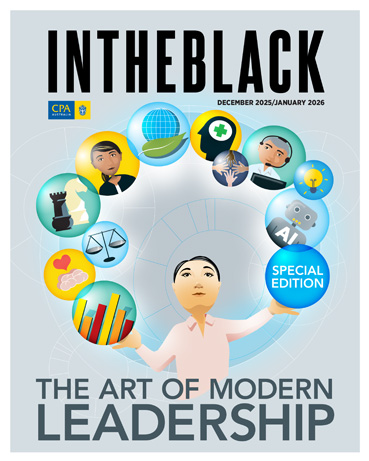Loading component...
At a glance
In the opening scene of The Bear, the acclaimed TV drama about a young chef taking over his family’s chaotic sandwich shop, there is a moment of quiet panic. The main character stands alone in the kitchen, overwhelmed, sleep deprived and emotionally threadbare. He is not just tired, he is burned out.
Burnout has become the background noise of modern work. In a survey of 1000 full-time Australian office workers, 80 per cent say they have experienced some degree of burnout.
Amanda Balcombe, a certified health and mental fitness coach at Still Wellness, says burnout is “not just about being tired — it’s about being depleted, detached and unable to function at your usual capacity over an extended period”.
Burnout is more than just a bad week or challenging phase, it is a chronic condition recognised by the World Health Organization as a syndrome resulting from chronic workplace stress that has not been successfully managed. It shows up in three ways: exhaustion, cynicism or detachment, and reduced professional efficacy.
How can leaders support employees experiencing burnout?
1. Increase employee support and flexibility
Exhaustion is often one of the primary symptoms of burnout, says Dr Sarah Cotton, a registered and endorsed organisational psychologist and the managing director of Transitioning Well.
“Most of us can sprint for short distances, but trying to sprint for too long will lead to exhaustion and fatigue,” she explains.
“As mental fatigue sets in, employees may experience difficulties with concentration and focus, which results in decreased productivity.”
During high-pressure periods like EOFY, Cotton advises that companies increase their staffing support or redistribute workloads.
“Regular check-ins, workload reviews and task redistribution can help alleviate pressure.”
Flexibility is also key — adjusted hours and remote work options can give employees a greater sense of control over their schedules, she adds.
Balcombe agrees that companies can take a preventive approach by encouraging sustainable work habits, such as regular, short recovery breaks during the day, and offering tools that support self-awareness, stress management and mental wellbeing.
2. Move beyond surface level solutions
As burnout progresses, employees may become less productive, have higher levels of absenteeism or seek a new job. They may also feel more cynical and become disconnected from their work and the company’s mission.
Cotton suggests combating mental distance through regular communication, employee recognition and celebrating small wins to make employees feel valued and connected.
“Offering employees more autonomy in their tasks and decisions can reduce feelings of detachment and increase their sense of ownership,” she adds.
Balcombe emphasises that building a meaningful connection to one’s work requires systemic support. “I am currently working with forward-thinking companies that recognise that their teams are struggling under the weight of demanding, high-pressure environments,” she explains.
“They are moving beyond surface level solutions and taking a proactive approach that focuses on improving team culture, deepening connection, reducing feelings of isolation and building real resilience to stress.”
3. Build confidence and motivation
The final dimension of burnout refers to the feeling of incompetence or a lack of achievement.
Cotton notes that “employees suffering from burnout often experience a loss of motivation, finding it hard to get excited about their work, which can reduce overall job satisfaction”.
This can quickly spiral into self-doubt and disengagement.
To address this, Cotton recommends that employers set realistic, achievable goals and offer consistent feedback.
“When workloads are manageable and expectations are clear, employees are less likely to feel ineffective,” she explains.
Cotton also suggests focusing on what employees do well and matching their tasks to their strengths and interests. This can boost job satisfaction and help them feel more capable.
“Regular feedback — both positive reinforcement and constructive criticism — also helps employees recognise their progress and maintain motivation.”
Fix systems, not just symptoms
Balcombe points out that many workplaces still rely on outdated beliefs — treating burnout as the employee’s problem to solve with time management, resilience training or a quick holiday.
“But you can’t meditate your way out of a toxic work culture or poor leadership,” she says.
Burnout is not a sign of personal weakness — it reflects systemic failings. Unrealistic expectations, poor leadership and cultures that reward overwork add to the problem.
“To manage burnout effectively, we need to understand: ‘Why are people burning out?’ It reflects outdated job design and neglect of wellbeing and recovery.”
To truly address burnout, Balcombe says “employers must shift from reactive, surface-level interventions to proactive, strategic approaches that recognise the complexities of modern work”.
Token gestures like wellness seminars will not suffice.
“It requires embedding sustainable ways of working, fostering healthy team dynamics, encouraging micro recovery breaks during the workday and equipping people with tools for self-awareness, stress management and mental fitness.”
“It’s essential for leaders to listen — really listen — to how their people are feeling and to create psychologically safe spaces for those conversations,” she says.
“This helps create strategies grounded in both empathy and action, rather than rolled out in a one-size-fits-all fashion.”

